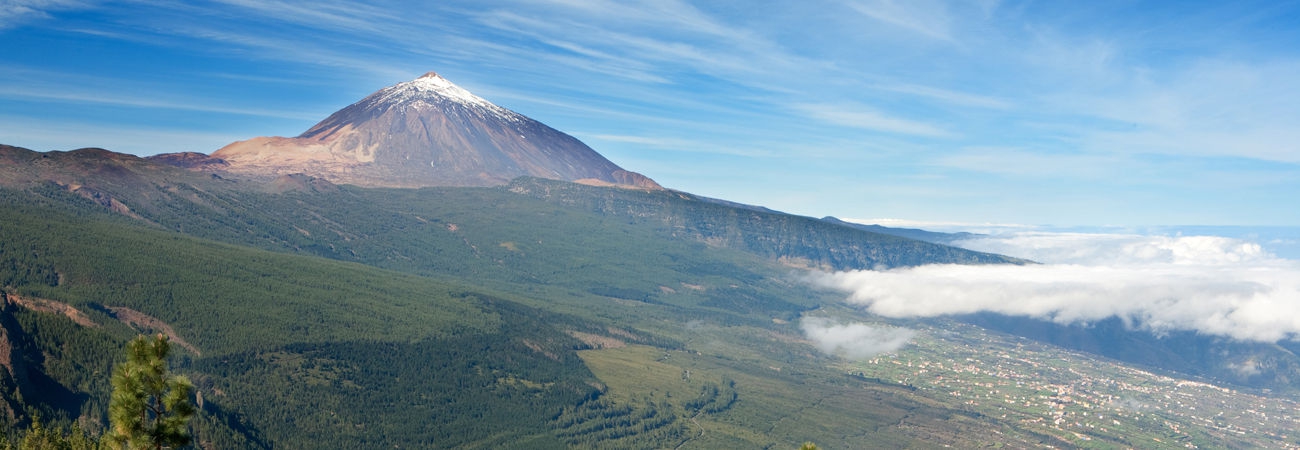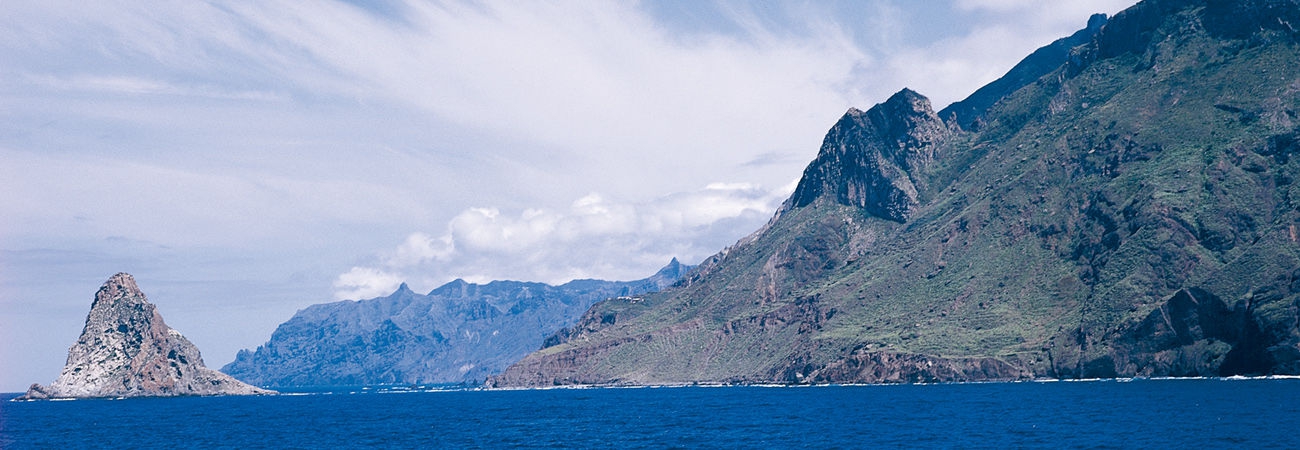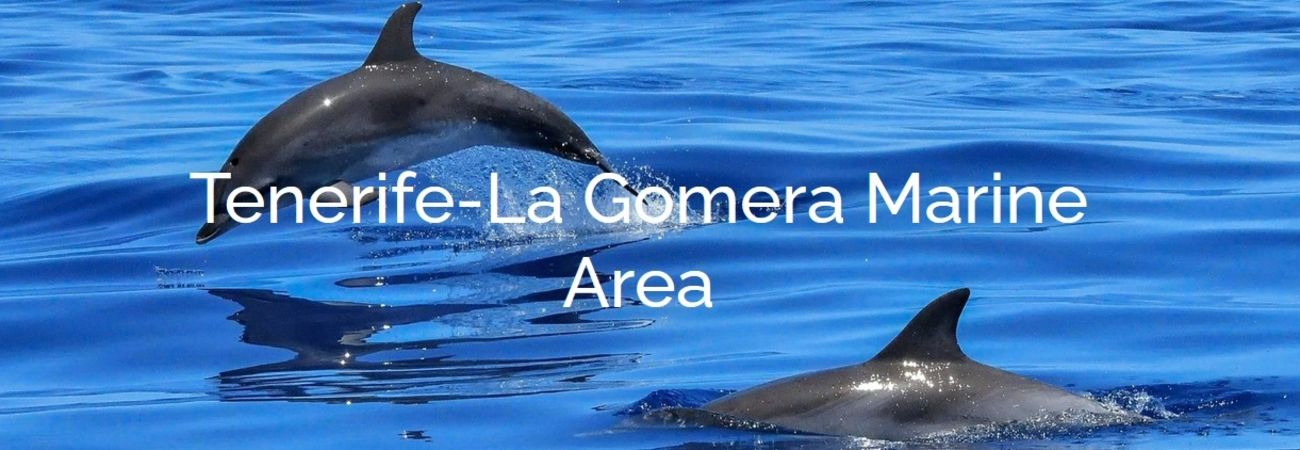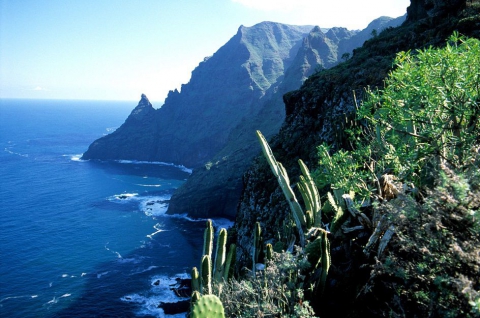Anaga Rural Park
Anaga Rural Park
Anaga Rural Park is a Natural Protected Area located in the northeastern tip of Tenerife. It has a surface area of 14,418.7 hectares and involves three boroughs: Santa Cruz (76.9% protected area), La Laguna (16.6%) and Tegueste (6.5%). All in all, the rural park represents 7.9% of Tenerife. The highest point is Cruz de Taborno peak at 1,024 m altitude.
Law 12/1994, of 19th December, on the Nature Areas of the Canary Isles, reclassified this area as Anaga Rural Park, under section T-12, creating a further three sectors within the confines of the park: Ijuana Integral Nature Reserve (T-1), El Pijaral Integral Nature Reserve (T-2) and Los Roques de Anaga Integral Nature Reserve (T-3), and awarding them the highest degree of environmental protection in order to guarantee the conservation of their fragile ecosystems. Access is also controlled to Monte de Aguirre, a rare ancient laurel forest.
This area of exceptional cultural and natural values is home to between 2,500 and 3,000 people living in 26 scattered settlements:
Afur, Almáciga, El Bailadero, las Casas de la Cumbre, La Cumbrilla, Chamorga, El Draguillo, Lomo Las Bodegas, Roque Negro, Taborno, Taganana, Las Montañas, Valle Brosque, Valle Crispín, Valle Grande, Valle Vega, Valle Luis and Valle Tahodio.
The main access to the park is the TF-12 road that links La Laguna with El Bailadero and San Andrés.
Anaga is one of the oldest areas of the island. This rugged range of craggy peaks drops away abruptly into deep valleys and ravines, leading down to the sea and forming numerous beaches that are often only accessible by boat or on foot.
The park is an extremely beautiful area, full of spectacular contrasts, and home to a wealth of native fauna and flora, a direct result of the region's isolation and ecological variety. Anaga shelters unique biological and zoological treasures, such as laurel pigeons and the Anaga violet.
The area’s special climate has led to the existence of one of the most important specimens of laurisilva or laurel forest in the world (laurel, til and evergreen laurel). This primitive forest dates from the Tertiary Period and is only preserved in the Canaries, Madeira and several islands of the Azores. Laurisilva is an extremely important resource, since its dense mass retains moisture, refills the aquifers (natural water deposits on the island), as well as creating and preserving fertile soil.
Other kinds of vegetation include thermophilic woods (dragon, juniper and Atlantic mastic trees, etc.), fayal-brezal (wax-myrtle, heather, small-leaved holly and yew), wild spurge (on the coast), and cattails and reeds (in ravines).
Anaga also presents a wide variety of outstanding geomorphological features, some of which are highly representative of the island’s geology and of particular interest to science (Chinobre pitons, Anambro, Taganana arch, Roques de Anaga, Roque de las Ánimas, etc.). Palaeolontological sites can also be found at El Tachero beach. And several settlements dotted around the park create a harmonious rural backdrop of great beauty. The pre-Hispanic population lived in the region and used it for tending their flocks; accordingly, it boasts a rich cultural heritage.
Invertebrates are the predominant animal variety, although there is also an abundance of birdlife. In fact, the park has been declared a Special Protection Area for Birds (SPAB), in accordance with Council Directive 79/409/EEC on the conservation of wild birds. Other species include several reptiles (particularly lizards) and bats.
Cruz del Carmen Visitors’ Centre:
Telephone: 922 633 576
Email: cvisitantes@tenerife.es










